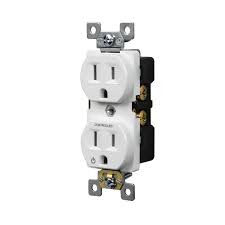Saving electrical energy in Jamaica, where electricity costs are high and resources are limited, can have a significant impact on both household budgets and environmental sustainability. Here are some practical tips:
1. Utilize Natural Lighting
- Open windows and blinds during the day to maximize daylight instead of using artificial lighting.
2. Switch to LED Bulbs
- LED bulbs consume up to 80% less energy than traditional incandescent or fluorescent lights and last much longer.
- They are more expensive upfront but can reduce energy costs significantly over time.
3. Use Energy-Efficient Appliances
- Look for appliances with the Energy Star rating or those that specify low energy consumption.
- Invest in inverter technology for refrigerators, air conditioners, and washing machines, which adjust power usage based on need.
4. Optimize Air Conditioning Use
- Use fans instead of air conditioning whenever possible, as they consume significantly less power.
- If using an air conditioner, keep it set between 24-26°C (75-78°F) for comfort while minimizing energy usage.
- Clean filters regularly to ensure efficient airflow and reduce strain on the unit.
5. Unplug Devices When Not in Use
- Appliances and devices on standby mode, known as phantom loads, consume power even when turned off.
- Unplug devices like TVs, chargers, and kitchen appliances when not in use, or use a power strip with an on/off switch.
6. Reduce Cooking Energy
- If you use electric stove- plan meals that require shorter cooking times or use a pressure cooker or slow cooker to save energy.
- Avoid opening the oven door frequently while cooking, as it releases heat and increases cooking time.
- Consider outdoor cooking for some meals, which also helps keep your house cooler.
7. Switch to Solar or Rechargeable Lighting
- Solar-powered lights for outdoor areas are ideal, especially for areas exposed to sunlight during the day.
- Use rechargeable batteries and LED flashlights instead of disposable batteries.
8. Educate Family Members and Track Energy Consumption
- Encourage everyone in the household to adopt energy-saving practices.
- Monitor electricity bills for spikes in usage, and consider using a smart meter to track high-use times and adjust accordingly.
With these strategies, you can reduce energy consumption, save on electricity costs, and contribute to a more sustainable environment.



